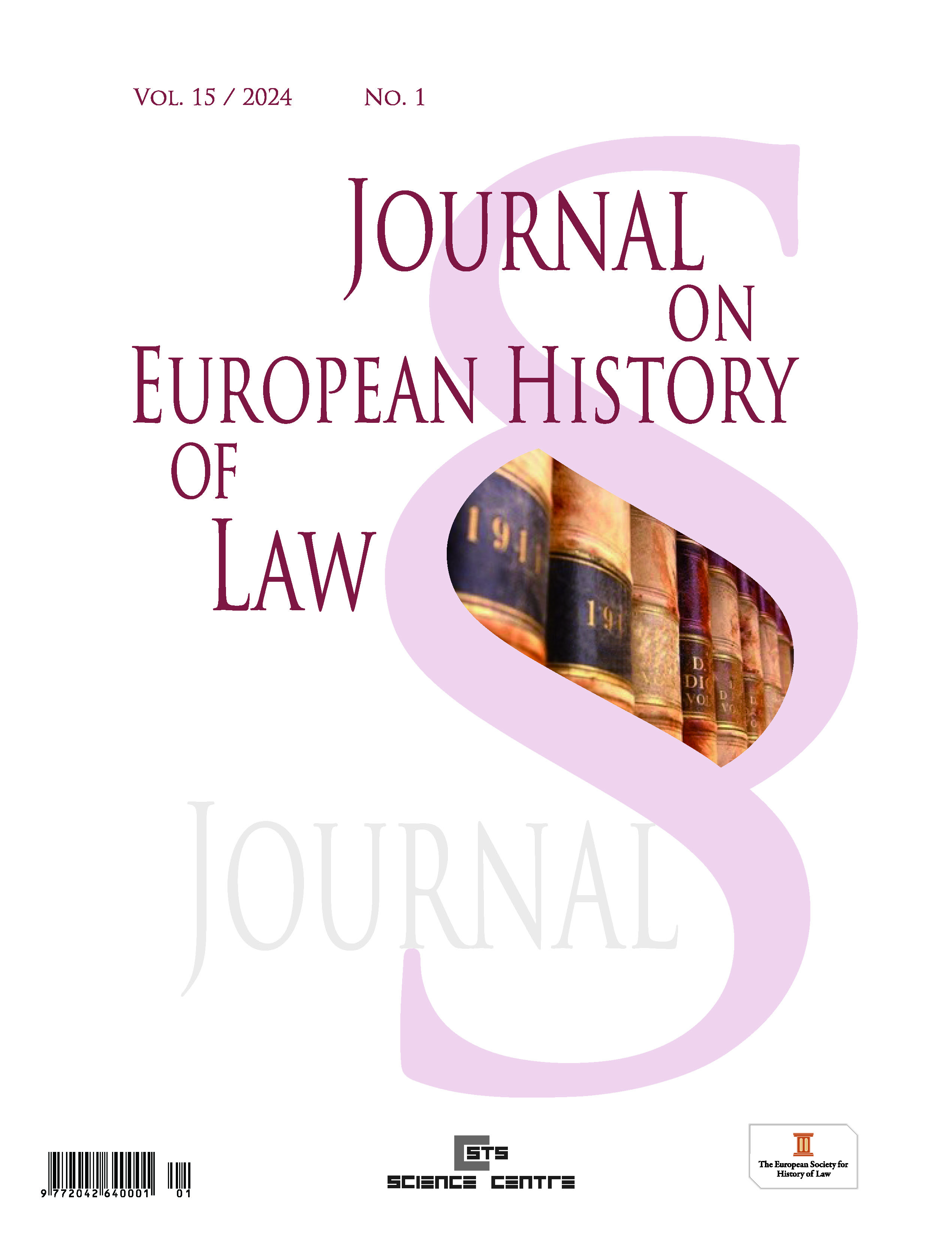From Banknotes to Central Banks. The Formation and Models of Central Banks in a Comparative Legal Perspective
From Banknotes to Central Banks. The Formation and Models of Central Banks in a Comparative Legal Perspective
Author(s): Zsolt PfefferSubject(s): History, Law, Constitution, Jurisprudence, Law on Economics, Comparative Law
Published by: STS Science Centre Ltd
Keywords: central bank; models of the formation of central banks; central bank independence; history of central banking; Bank of England; Reichsbank; Banque de France; Federal Reserve System; Bank War; Central;
Summary/Abstract: In the 17-18th century, during the process of civil transformations, starting from the economic policy based on the era of absolutism, the first central bank regulations appeared in Europe. Mainly the disorganization and crisis of public finances and the need to finance various wars led governments to establish central banks and to provide central banking functions to privately owned banks. The most important issues included the regulation of banknote issuance and legal tender, the management of state funds, the financing of the state debt, as well as the relationship with the state, in other words, the content of central bank independence. Each country followed different paths, and accordingly, the classic and the Prussian models of central bank development can be described based on the different legislative steps. The study presents the main characteristics through the English, German, French, American and Hungarian examples, primarily by characterizing the legislative peculiarities and illuminating the political historical background by applying the methods of comparative law.
Journal: Journal on European History of Law
- Issue Year: 15/2024
- Issue No: 1
- Page Range: 127-137
- Page Count: 11
- Language: English
- Content File-PDF

